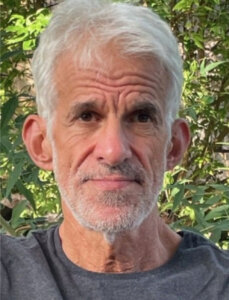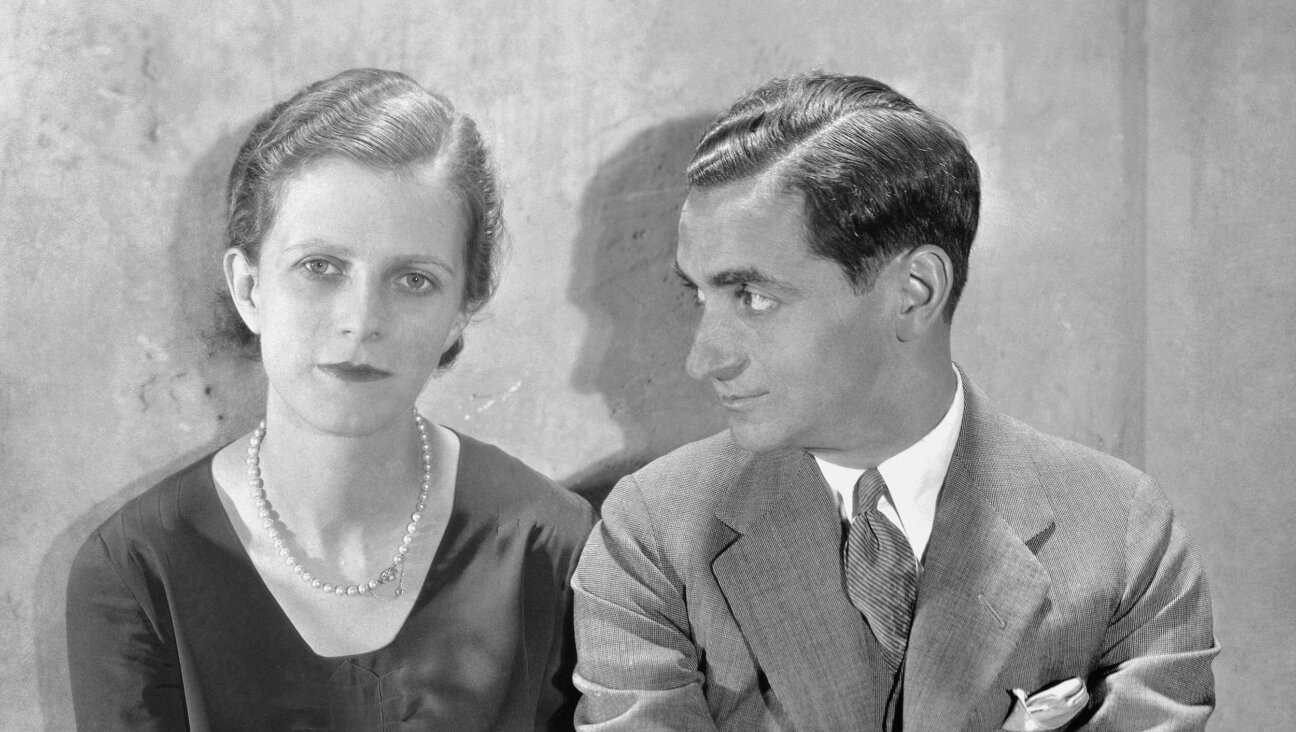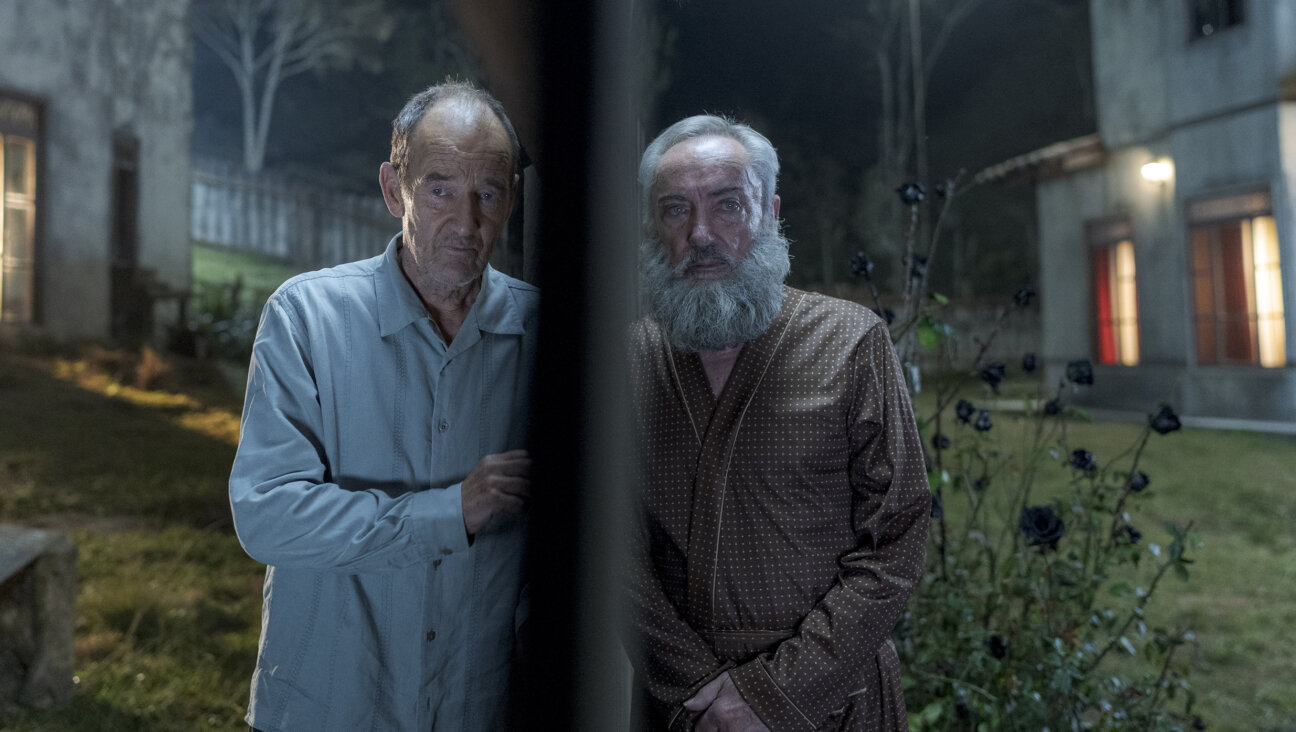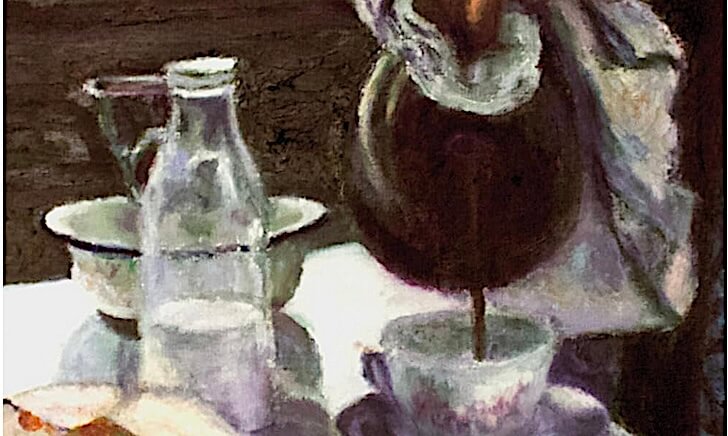Meet the new antisemitism, same as the old antisemitism
For linguist Shalom Lappin, author of ‘The New Antisemitism,’ the current crisis for Jews is also a crisis for liberal democracy

A “Stop the Far-right” march to Westminster, on a National Day of Protest, in London on Aug. 10, 2024.
Did you know that Michel Hazanavicius, the French director whose film The Artist won the Academy Award for best film in 2011, was Jewish? Not only did I not know this, but in a sense Hazanavicius did not know it either. In a recent essay in Le Monde, he writes that, though he is Jewish, he never thought much about it. But, of late, he wonders why he has “the impression to be more and more obliged to be Jewish? To react as a Jew, to think as a Jew, in short, to be Jewish above else?”
Hazanavicius is not alone. Since last October, I too have found that being Jewish borders on being a full-time occupation. It is an odd turn of events. While I had always considered Jewishness to be part of my identity, I never considered that it defined my identity any more than being from Jersey, being a Mets fan, or being nearly 70 does (I know: I don’t look it).
Yet something has changed since Oct. 7, 2023, so that being Jewish has become our default being. The events on and since that day have been seismic and tragic for the peoples of Israel and Gaza. But the aftershocks have reverberated far and wide. For Jews here and elsewhere, one of the most disturbing aftershocks has been the great spasm of antisemitism, one which, it bears repeating, began before the catastrophic consequences of Israel’s military invasion of Gaza became nightly news.
The latest in a long line of surveys has just been issued by the European Union Agency for Fundamental Rights. Though released last month, it was conducted before the October massacre by Hamas (it contains more recent responses, as well). Among the survey’s many depressing trends, we learn that 80% of respondents feel that antisemitism has increased in their country over the past five years, 56% experienced offline antisemitism from people they know, 37% have been harassed by antisemites once over the past year, and many of these same individuals have been victims of multiple expressions of antisemitism. In textbook bureaucratese, the agency’s director notes that this explosion of hatred “severely limits Jewish people’s ability to live in safety and with dignity” and concludes with the inevitable plea for tolerance.

Legions of scholars and journalists have tried to make sense of this resurgence of an ancient hatred. One of the best places to start, though, is by turning to a new book with that very subtitle — The New Antisemitism: The Resurgence of an Ancient Hatred. It is a remarkable book for many reasons, one of which is that the author, Shalom Lappin, is a world-renowned specialist not of antisemitism, but instead of computational linguistics. This background, it turns out, proves to be a great advantage in creating a marvelously clear and cogent analysis of contemporary antisemitism.
Canadian by birth, Lappin has spent most of his academic career in Israel and England, where he has lived for more than three decades. During a recent email exchange, I asked if he had been caught off-guard by the recent spasm of racist riots in his adopted country, Lappin replied he was not at all surprised. Great Britain, he remarked, is like most western countries, caught in a vise between radical right and radical left movements. While “the riots were a disturbing indication of the strength of far-right neo-fascist sentiment in a portion of the population,” Lappin warned, the counter demonstrations, though welcome, “also featured the usual ‘anti-Zionist’ slogans of the far left in some cases.” While British Jewry took a strong anti-racist stand, Lappin added, it was also “very much caught in the crossfire between three extremist forces, all of them acutely hostile to Jewish concerns.”
Lappin’s mention of “three extremist forces” points to one of his book’s key points. What we might call the “old-new antisemitism” of late 19th century Europe — the result of great technological and industrial advances — spawned an antisemitic ideology largely, but not exclusively limited to the far-right. This worldview placed the “Jew” at its center — the dark force responsible for the era’s vast social and economic upheavals. According to the movement’s leaders like Édouard Drumont in France and Wilhelm Marr in Germany, the Jew was the driving force behind not just the menace of communism, but also the machinery of capitalism. For those desperate for simple answers to supremely complicated issues, it hardly mattered that such claims were as contradictory as they were imaginary.
As for our own era’s “new-old antisemitism,” the anti-globalist radical right no longer has the patent on it; the anti-colonialist radical left and radical Islamism have also glommed onto it. In our conversation, Lappin returned to a crucial point he makes at length in his book: The common bond between these otherwise uncommonly opposing groups is the idea that Jews, whether they are labeled by the radical leftists and Islamists as Zionists or colonialists, or by the radical right as capitalists or communists, are a mortal threat. As Lappin told me, “They differ in their prescriptions on how to eliminate it (or domesticate it), but they converge on the consensus that the Jews as a people play a demonic eschatological role in obstructing the Messianic process of historical redemption. Eliminating this obstacle is a necessary condition for saving humanity.”
As in the late 19th century, so too in the early 21st century: Like the ancient furies, these movements have burst from the cracks and seams of social fabrics rent by great technological and global changes. The crucial difference with the earlier period of globalization, though, is that the current phase of globalization has fueled far greater income inequality within rather than between countries. The consequences are devastating, socially and materially, not just for those left behind, but for those who have traditionally served as scapegoats in times of crisis.
Yet the picture is not all grim. Before devoting his full attention to computational linguistics, Lappin had been active in England’s progressive movement. He helped draft the Euston Manifesto, an influential statement published in the early 2000s by activists critical of the country’s radical left fringe. Recently retired, Lappin has in a way returned to those earlier engagements. Though he insists his book is less an expression of renewed engagement than his effort to “understand why we are seeing the sharp increase in anti-Jewish racism on all sides of the political spectrum, across so many different countries and social environments,” it nevertheless offers a superb primer of antisemitism’s past and a sharp analysis of its present state.
But there is a second and quite literally activist aim to the book — to activate an awareness of what he sees as a real and present danger.
“Many, particularly in North America, continue to harbor notions of living in a safe society that has provided a golden sanctuary from the vicissitudes of Jewish history,” he explained. Though recent events, especially on our campuses, strike Lappin as clear warning signs, he worries that “large numbers of people, both Jews and non-Jews, have not really processed what is happening.” As we signed off, Lappin added a vital postscript. “This is not merely a crisis for Jews. It is a breakdown of the postwar order and a severe crisis in liberal democracy.”
















